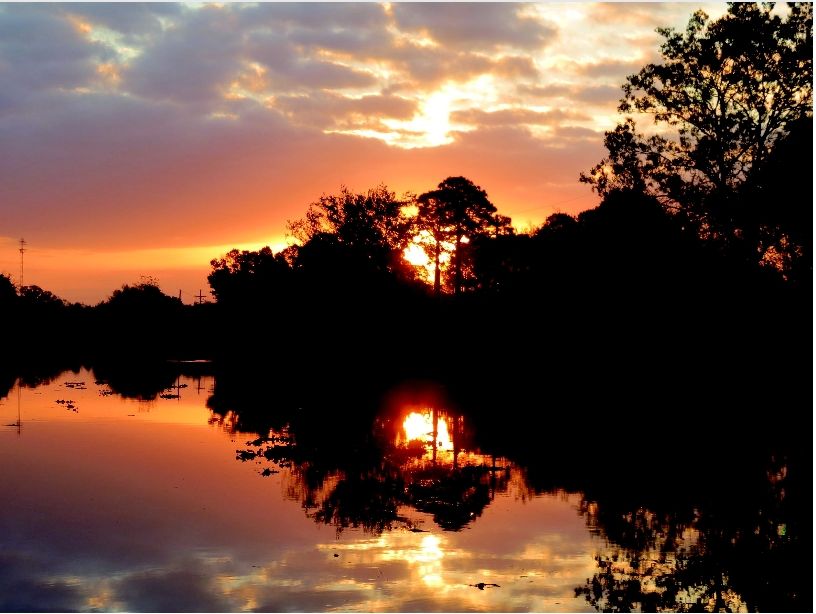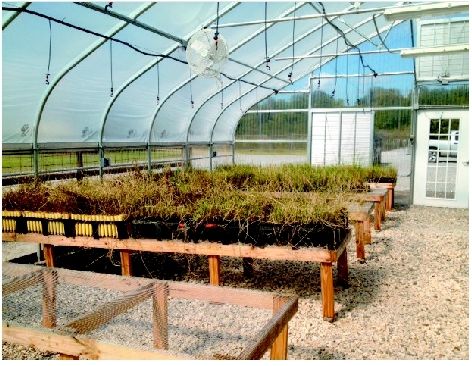
Setting Sun
December 11, 2014
Alec Adams
December 11, 2014Outside funding provides the Barataria-Terrebonne National Estuary Program the chance to grow a plant species that otherwise would not survive for long in Louisiana.
The Mosaic Company awarded the BTNEP a $48,500 grant covering the cost of a new green-house located on the Nicholls farm.
“We are honored to partner with BTNEP and continue our commitment to habitat conservation,” General Manager of Mosaic Louisiana Operations Steve Susick said.
The Black Mangrove is a woody species that has been used for coastal restoration projects, specifically in the saltwater areas of the marshes.
“It is an important plant we use for coastal restoration. It grows in the saltwater marshes,” BTNEP Plants Material Specialist Matt Benoit said. “When you go down to Grand Isle, the dark woody species you see, that is the Black Mangrove.”
The Mangrove has three different species including red, white and the black. However, the Black Mangrove is the only one found in Louisiana because of the plant’s susceptibility to wither in cold weather.
“It is susceptible to cold snaps and cold spells,” Benoit said. “When it gets cold it falls back down to the ground and has to regrow.”
The regrowth of the Mangrove can take up to two winters to maximize potential.
According to Benoit, Louisiana is the northernmost extent of the Black Mangrove in North America. Because of that, the plant does not grow as much as it would further down south.
“In Louisiana, the Black Mangrove grows anywhere from eight to 12 feet,” Benoit said. “In Florida, it can grow up to 60 feet.”
The greenhouse gives BTNEP the opportunity to grow more so than it would in the marsh. Once the plants reach a certain size, they can survive the cold.
“The greenhouse allows me to actually put forth the time
and energy because it gives us a chance to grow the plants out,” Benoit said.
Mosaic’s goal is to help the world grow the food it needs and also protect water resources, which is a primary reason why the company jumped on board with BTNEP.
“The Native Plant Greenhouse will help grow much needed plants for Louisiana Wetlands, and volunteers will have the opportunities to play a vital role in coastal restoration.” Susick said.
BTNEP’s volunteer program has steadily increased giving the program more hands to increase products for coastal restoration.
“As our volunteer program has grown, BTNEP has been able to tackle restoration efforts with more diverse native plant species,” Benoit said.
BTNEP’s greenhouse will serve as a source to grow Black Mangrove’s in the efforts to restore the coast.








